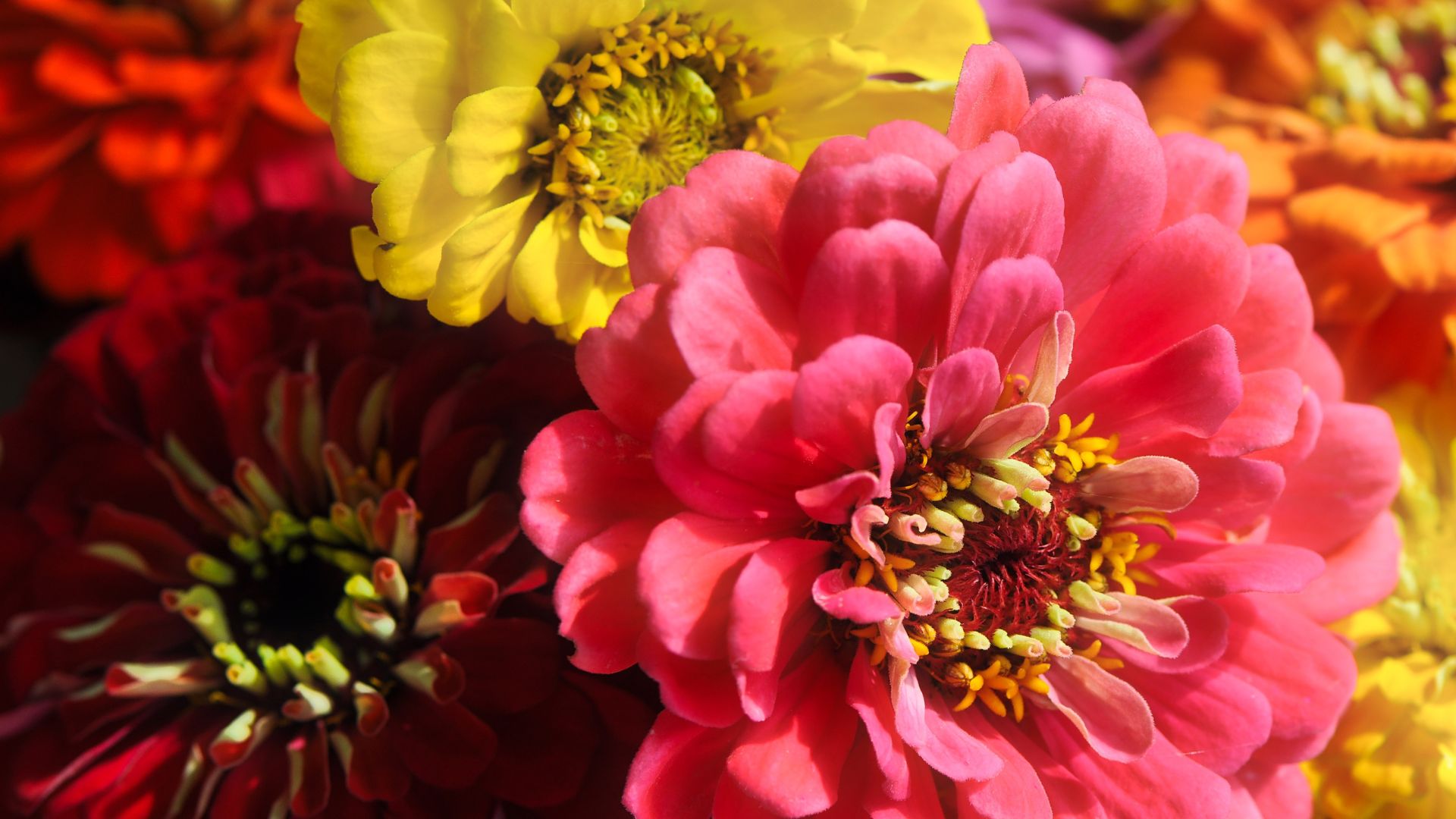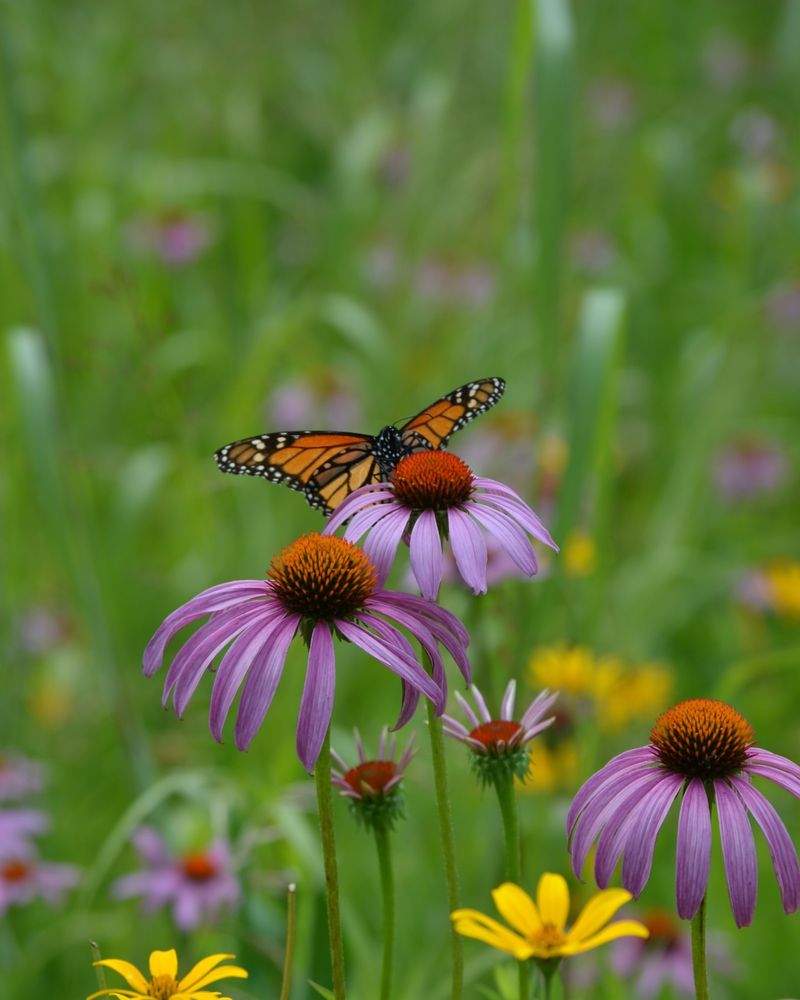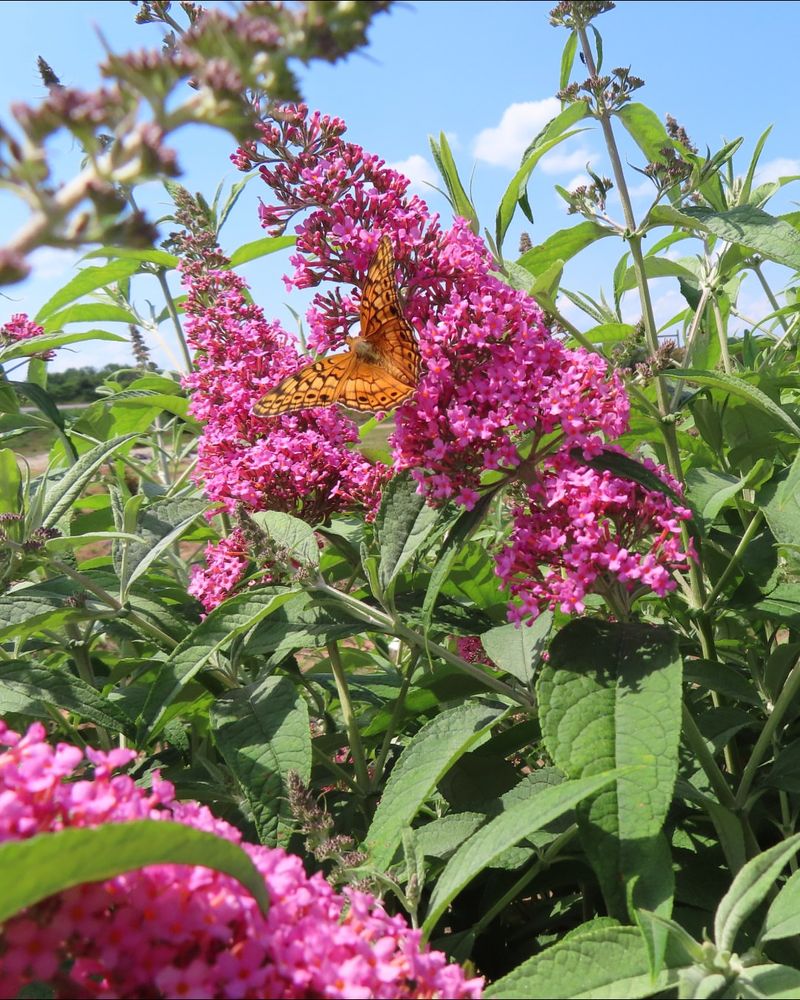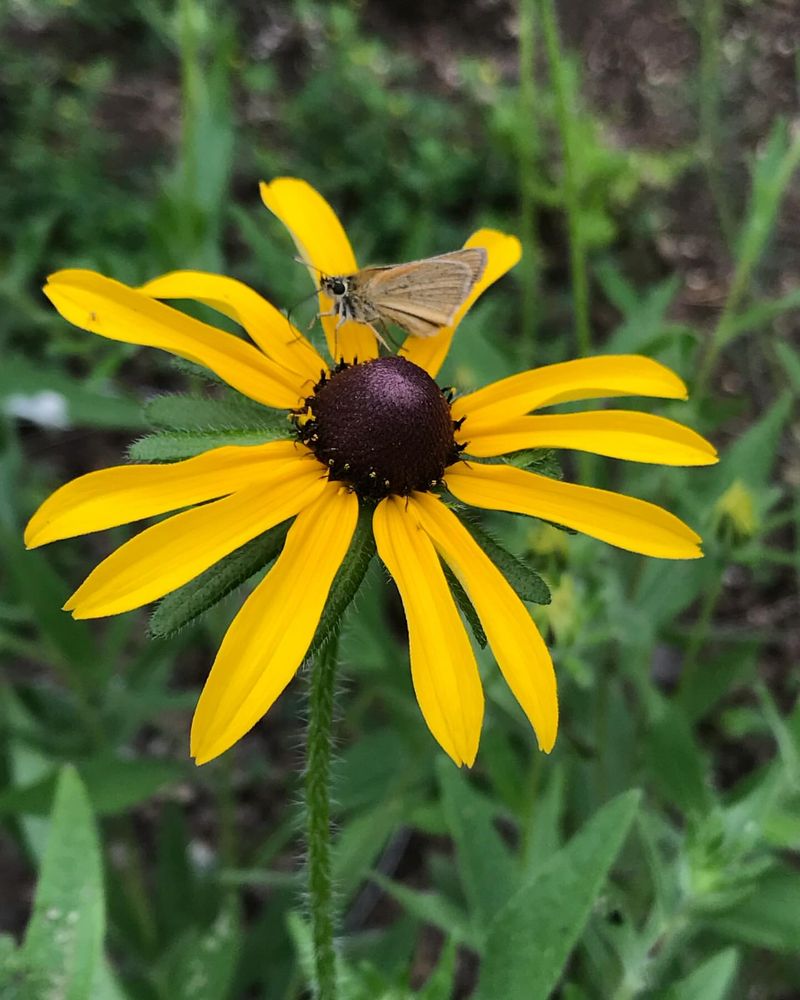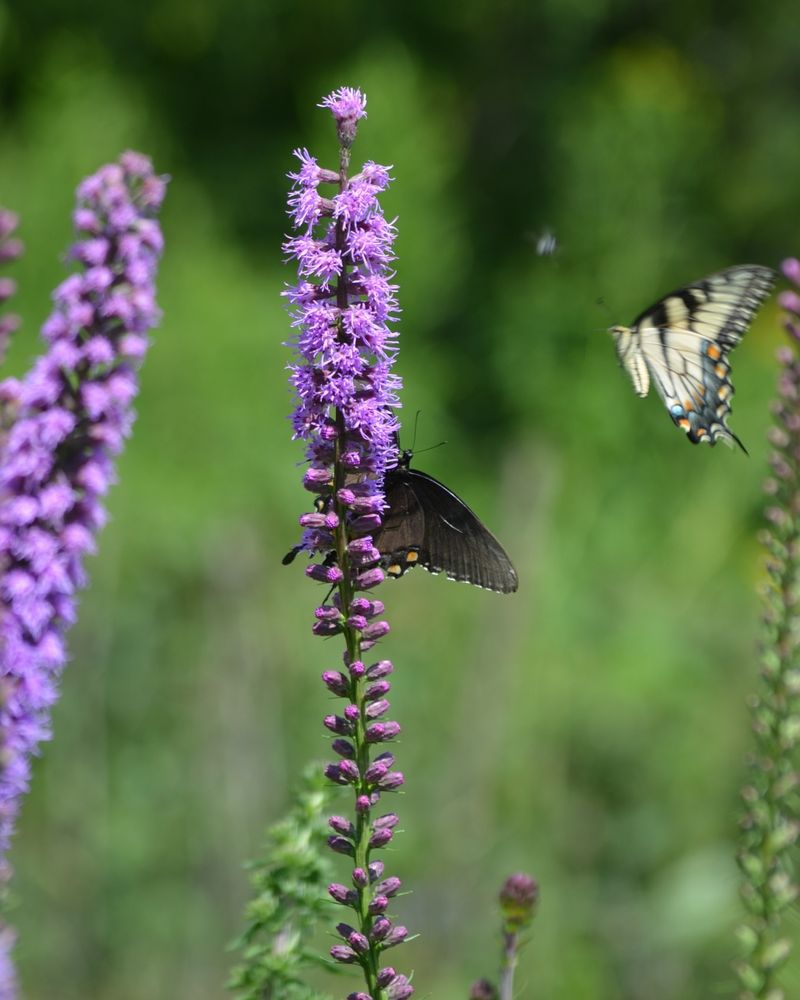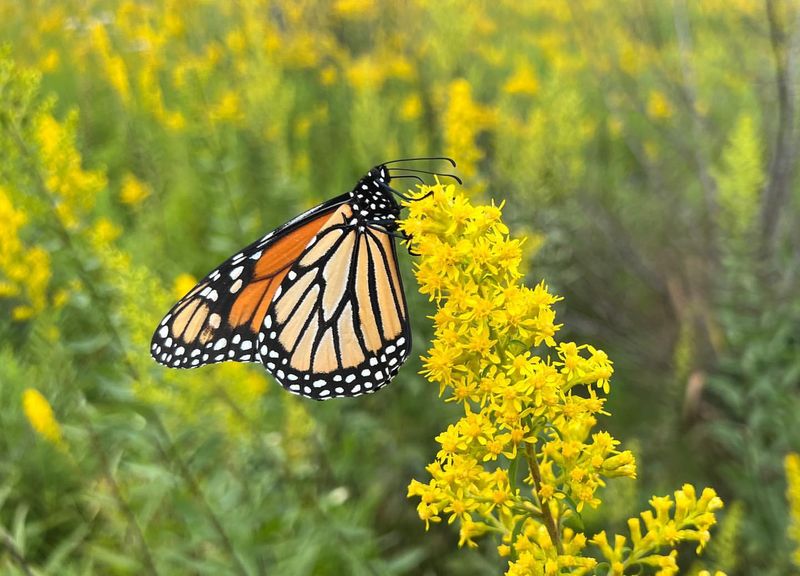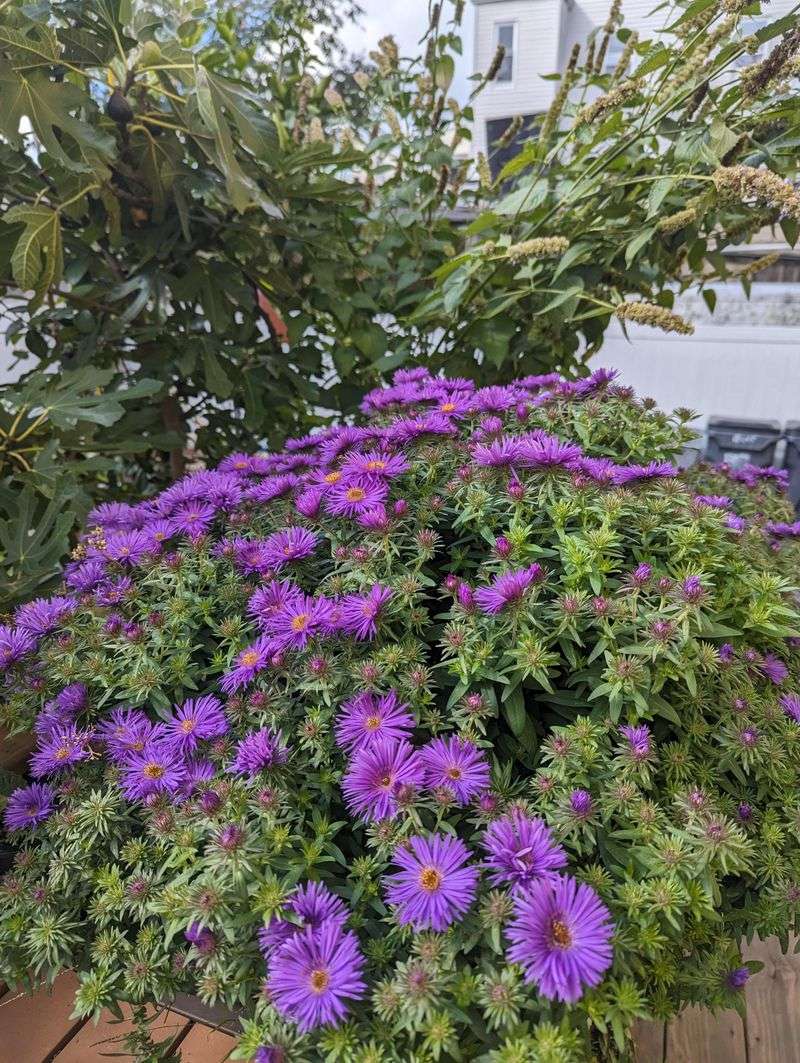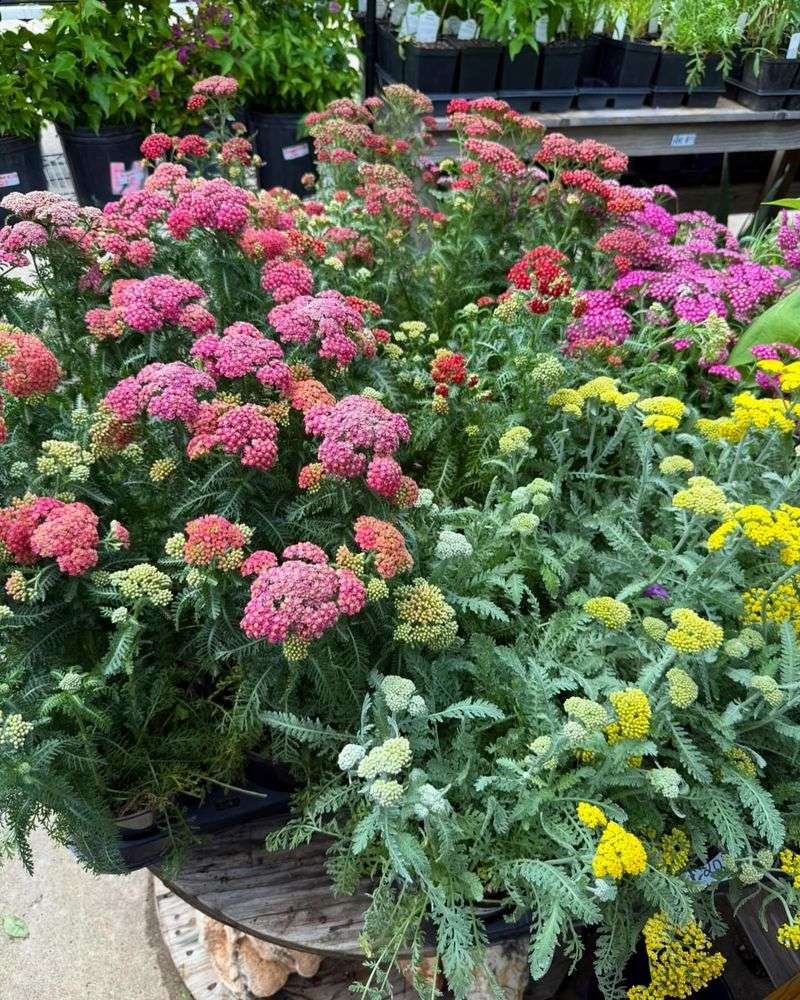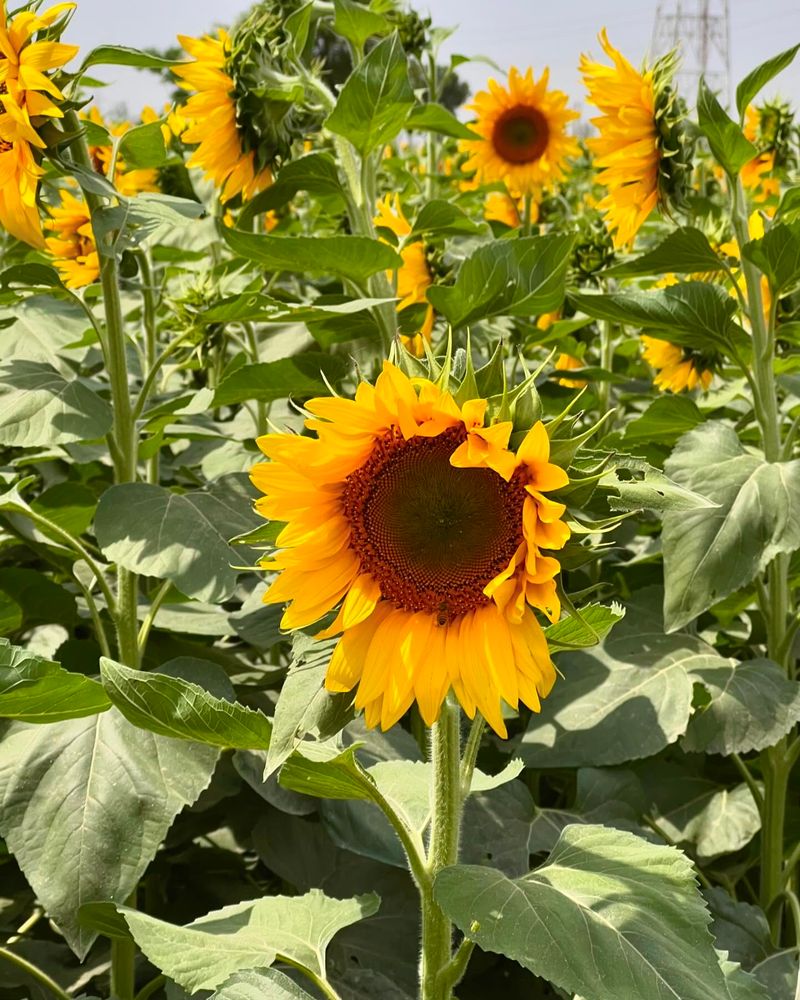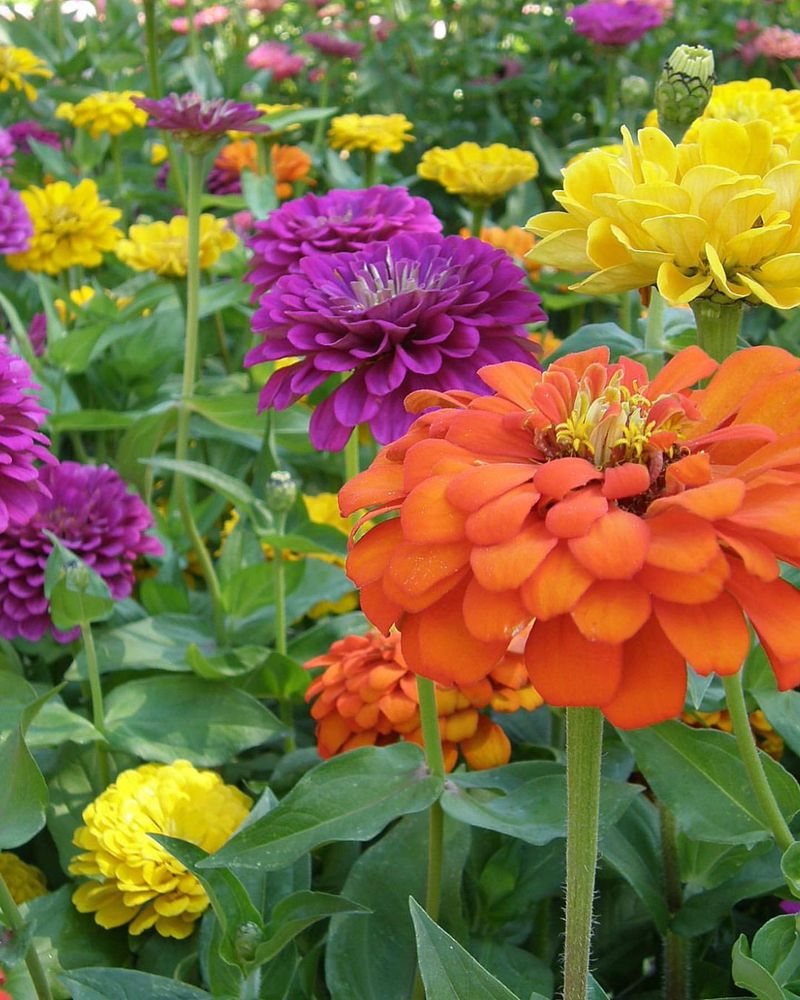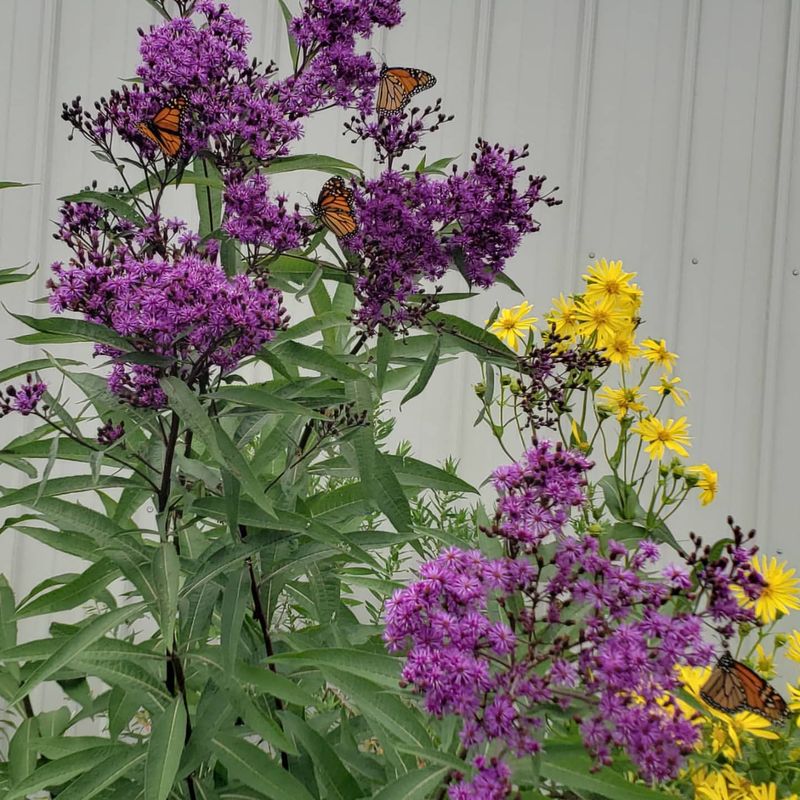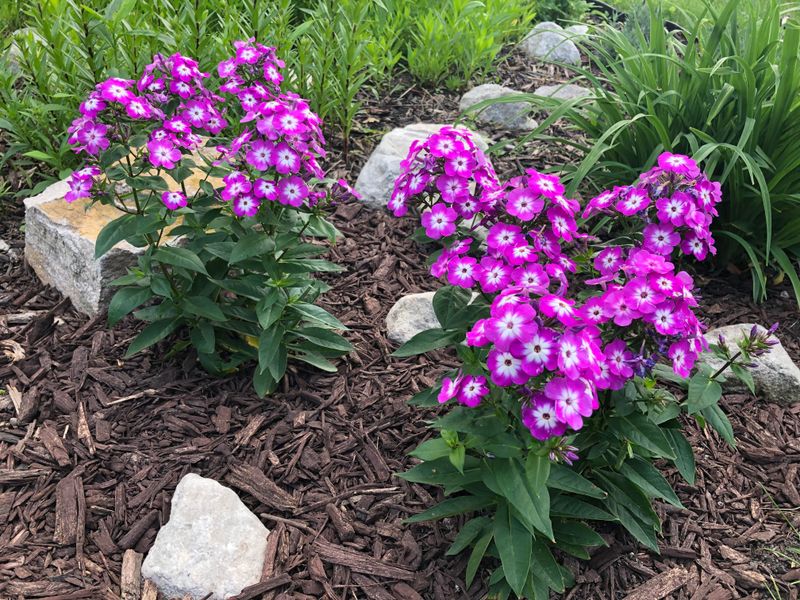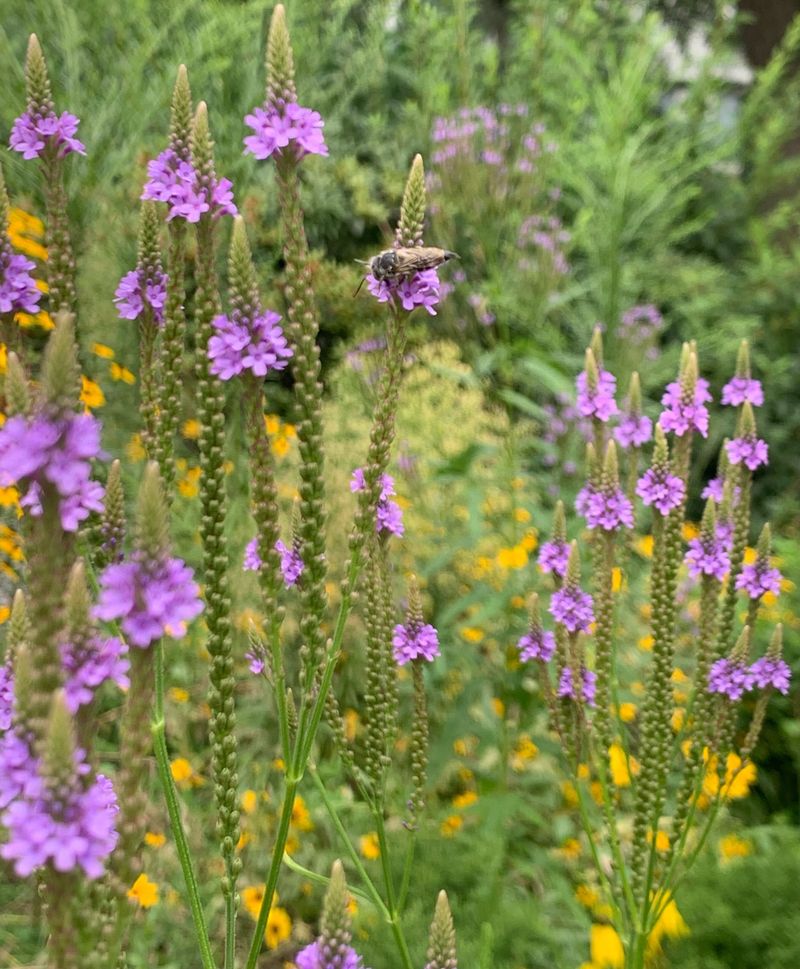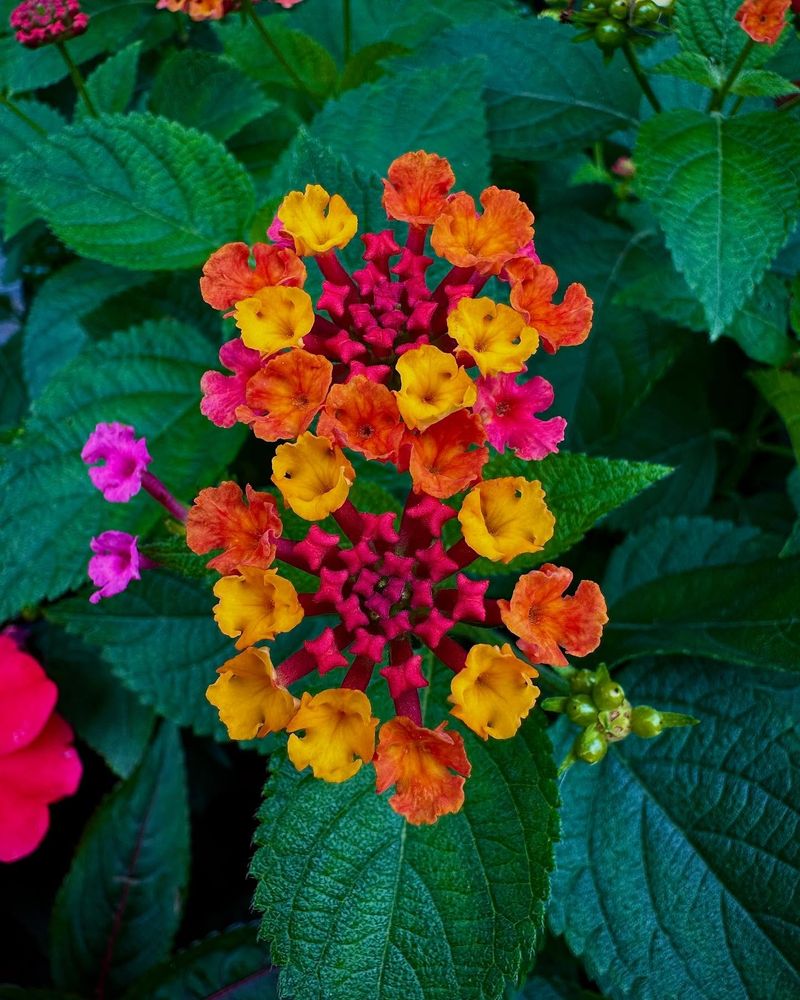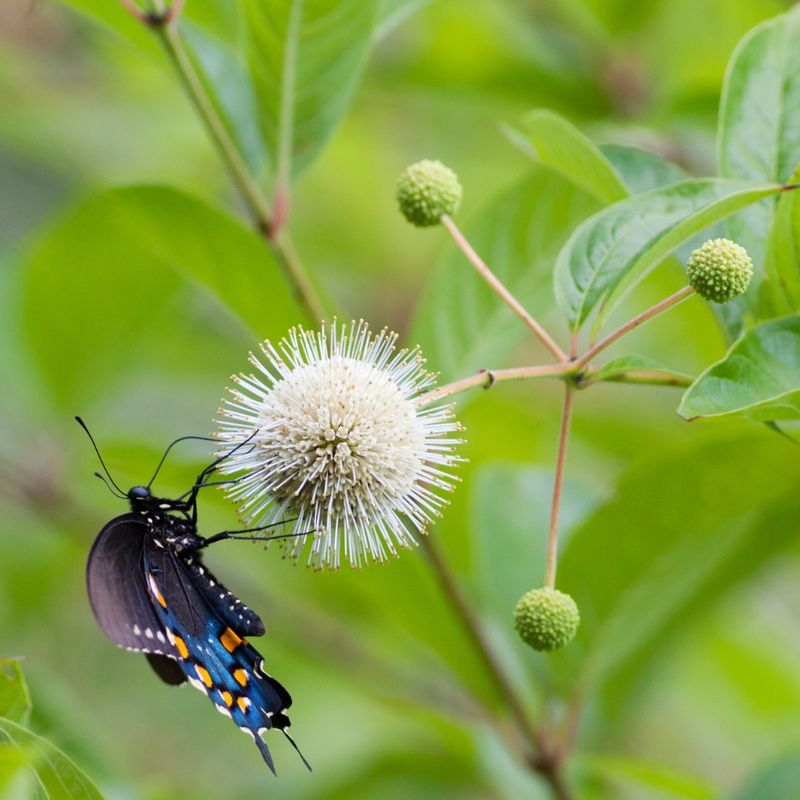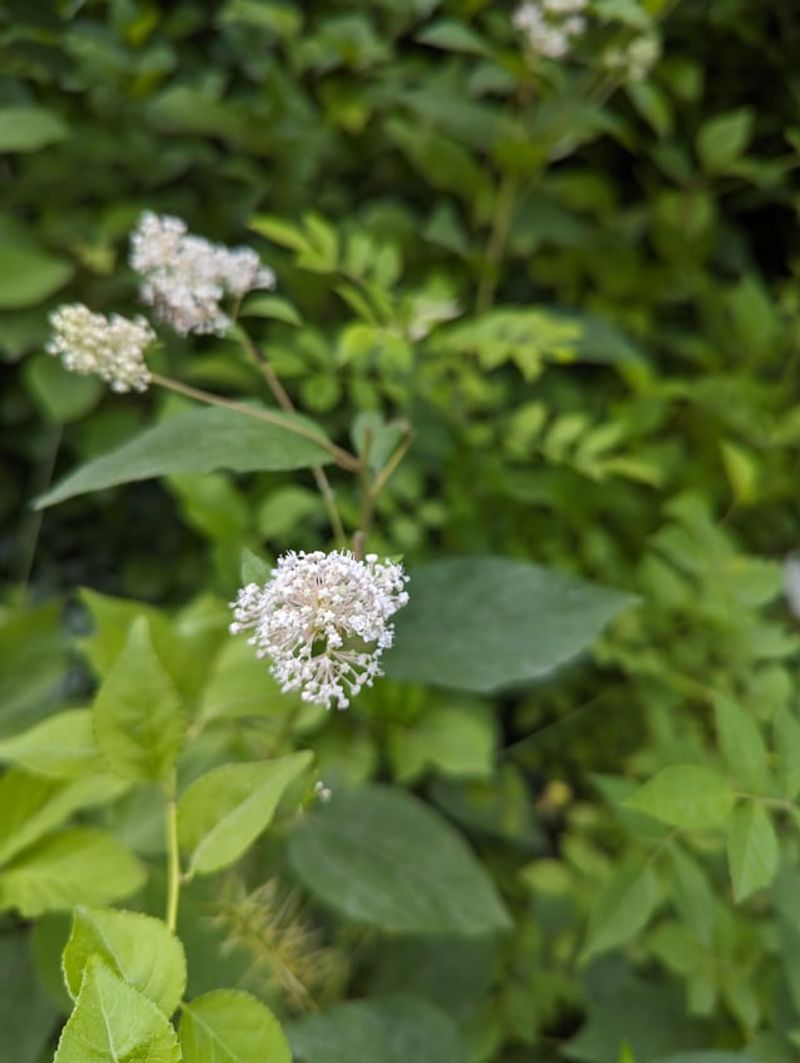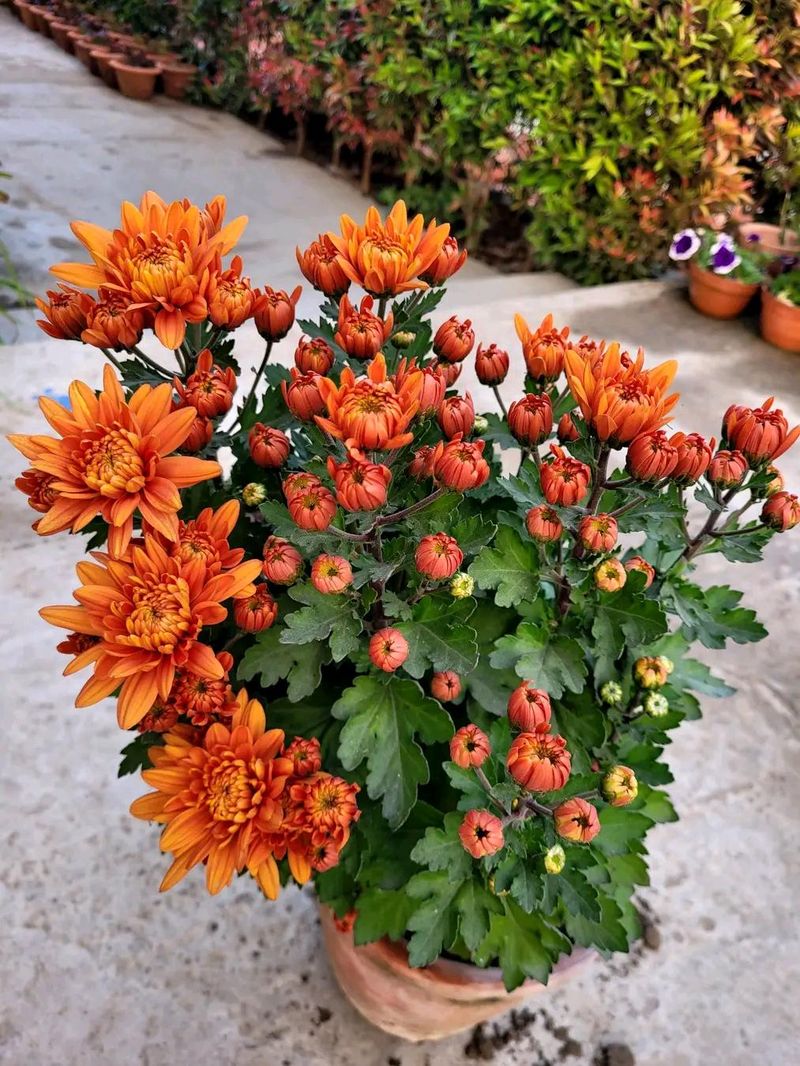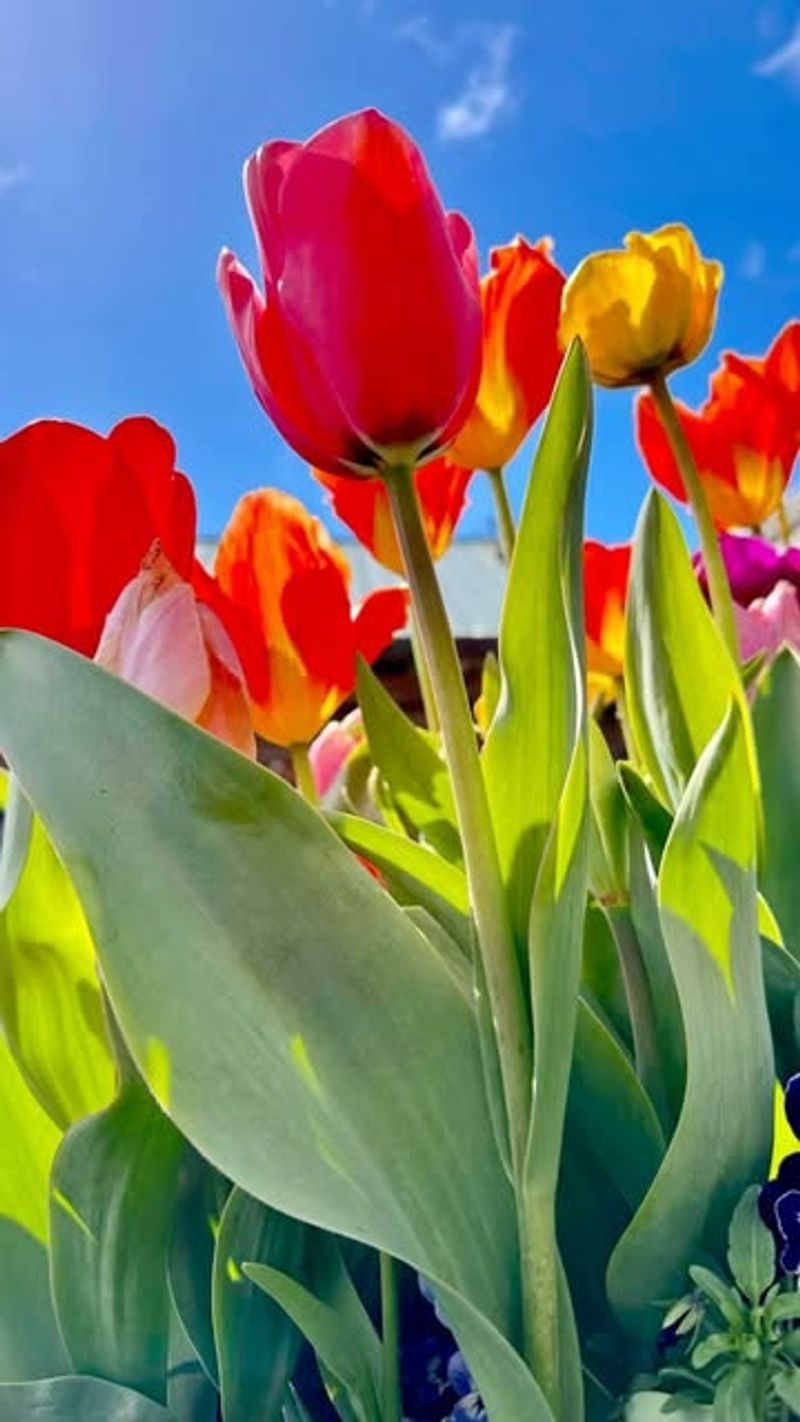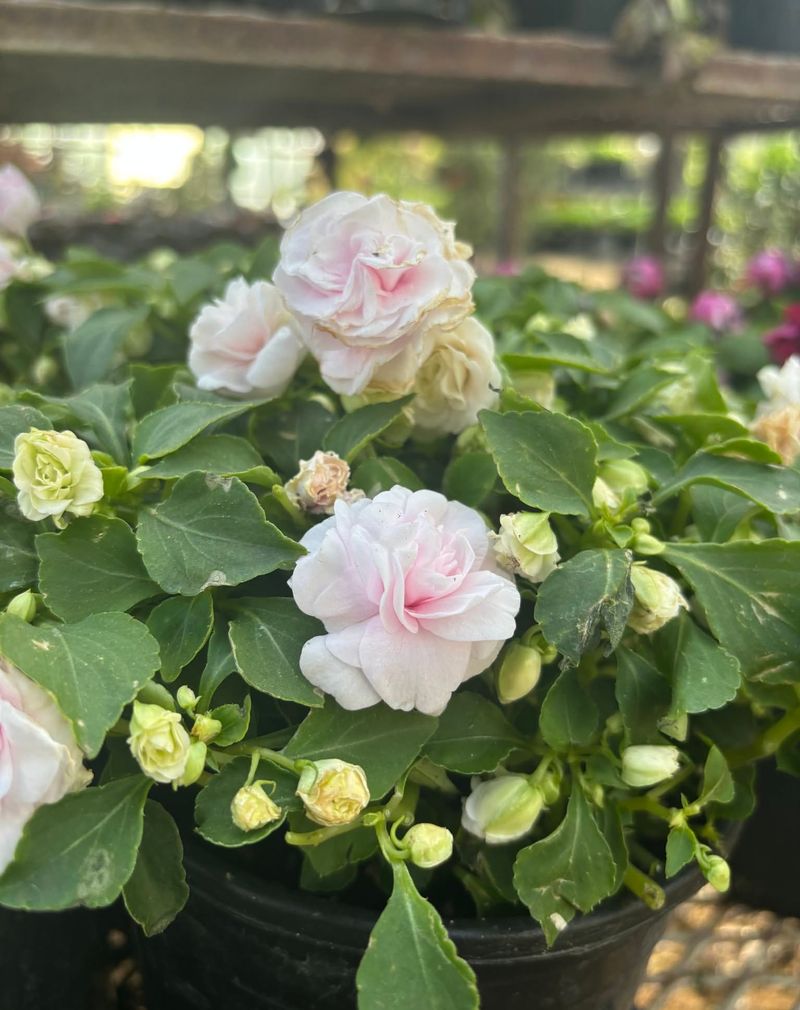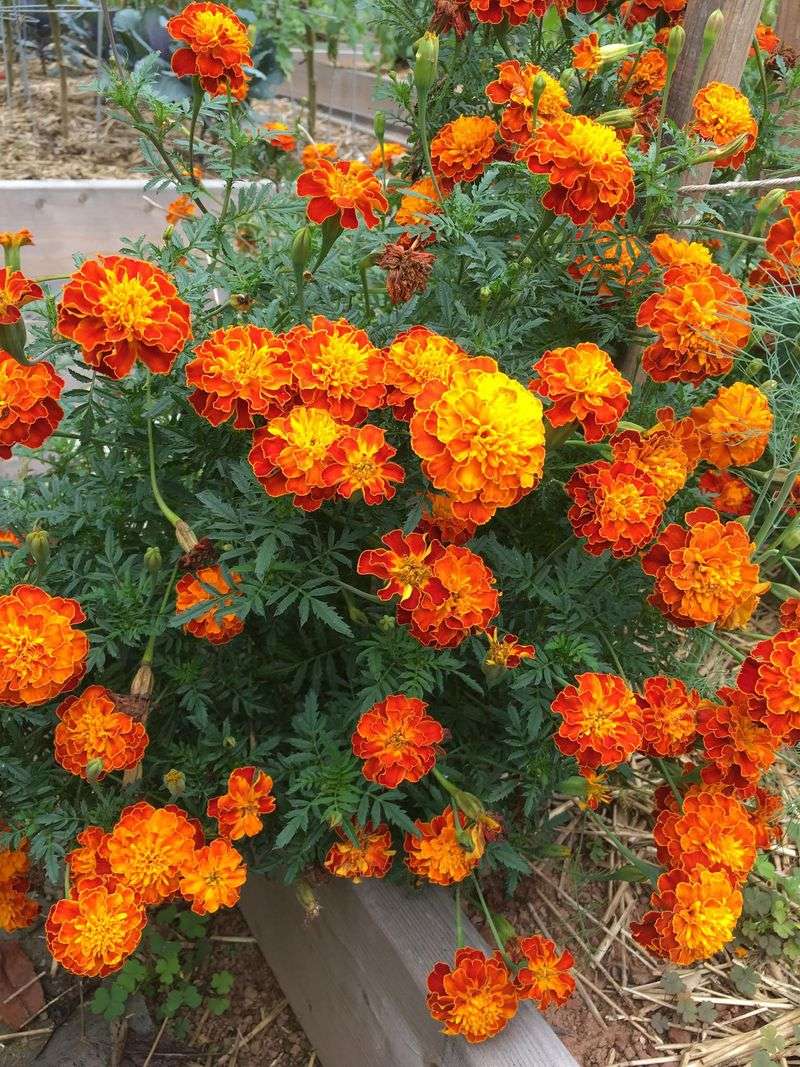A butterfly garden adds motion, color, and joy to your outdoor space—plus, it gives pollinators a helping hand when they need it most. These delicate visitors aren’t just passing through; they’re looking for places to feed, lay eggs, and thrive.
Choosing the right plants makes all the difference. Nectar-rich flowers like butterfly bush, coneflowers, and zinnias keep them fueled, while host plants like milkweed and parsley support the next generation of caterpillars.
Even a small garden can become a butterfly sanctuary with a little intention. Skip the pesticides, provide sunny spots, and let your blooms go wild—your fluttering friends will thank you with repeat visits all season long.
1. Purple Coneflower
Standing tall on sturdy stems, these daisy-like blooms offer landing pads perfect for butterflies to perch while feeding. Their central cones contain abundant nectar that lasts for weeks.
What’s truly remarkable is their extended blooming period from June through October. This provides a reliable nectar source when many other flowers have faded.
Hardy in zones 3-9, they thrive in average soil with minimal watering once established. Their drought tolerance makes them perfect for busy gardeners who still want a butterfly-friendly yard.
2. Joe-Pye Weed
Rising up to seven feet tall, this native wildflower creates a dramatic backdrop in any butterfly garden. The huge mauve flower clusters can span 18 inches across, creating irresistible feeding stations.
Butterflies particularly love the flat-topped blooms that provide easy landing spots. Swallowtails, painted ladies, and monarchs flock to it in late summer when many other nectar sources diminish.
Despite its name, it’s not actually a weed but a valuable native plant. Grows best in moist areas with partial shade, though it adapts to full sun with regular watering.
3. Butterfly Bush
Long, arching stems hold cone-shaped flower clusters that emit a honey-like fragrance butterflies simply cannot resist. The blooms come in purple, pink, white, or blue, with some varieties flowering for months.
I planted one near my patio and counted seven different butterfly species visiting in a single afternoon. The nectar-rich flowers provide an instant butterfly magnet effect.
Choose non-invasive varieties like ‘Miss Molly’ or ‘Lo & Behold’ that won’t spread aggressively. Cut back hard in early spring for bushier growth and more flowers that butterflies will flock to all summer.
4. Black-Eyed Susan
Golden-yellow petals surrounding dark centers create natural landing pads that butterflies easily spot from a distance. These cheerful flowers bloom prolifically from June until frost in most regions.
Their abundant nectar production makes them particularly attractive to smaller butterfly species like skippers and checkerspots. My patch reliably draws dozens of tiny butterflies each summer.
Tough and adaptable, they handle poor soil and drought conditions that would kill fussier plants. Deadhead spent blooms to encourage more flowers and extend the butterfly buffet throughout the growing season.
5. Blazing Star
Tall purple spikes create vertical interest while serving as butterfly feeding stations from bottom to top. As each tiny flower along the spike opens, it provides fresh nectar over several weeks.
Monarchs particularly favor these flowers during their fall migration, stopping to fuel up on their journey south. The bright purple color acts as a butterfly beacon in the garden landscape.
Native to prairies, they thrive in full sun and tolerate drought once established. Plant in groups of at least three for the most dramatic butterfly-attracting effect and best visual impact.
6. Goldenrod
Contrary to popular belief, goldenrod doesn’t cause hay fever and actually supports over 100 butterfly species. The cascading yellow flower plumes provide copious nectar during late summer and fall when other sources diminish.
Migrating monarchs depend on goldenrod to fuel their long journey to Mexico. These hardy natives also serve as host plants for several butterfly caterpillar species.
Modern garden varieties like ‘Fireworks’ or ‘Little Lemon’ stay compact and well-behaved. Plant them at the back of borders where their late-season color will draw butterflies while complementing autumn garden hues.
7. Aster
Star-shaped flowers in purples, pinks, and whites create a constellation of butterfly feeding spots in the fall garden. When many plants have finished blooming, asters step in to provide crucial late-season nectar.
The flat, daisy-like form makes them especially accessible to butterflies with shorter proboscises. Painted ladies and comma butterflies particularly favor these autumn bloomers.
Choose native varieties like New England aster for maximum butterfly appeal. After growing several types, I’ve found the purple-flowered varieties consistently attract the most butterfly visitors while adding welcome color to the autumn landscape.
8. Yarrow
Flat-topped flower clusters provide perfect butterfly landing pads and feeding stations. Each cluster contains hundreds of tiny flowers, creating a nectar-rich buffet that keeps butterflies coming back.
The feathery foliage adds textural interest even when the plant isn’t blooming. Modern varieties come in yellows, pinks, reds, and creams, all equally attractive to butterflies.
Thrives in poor soil where other plants struggle and requires almost no supplemental water once established. After planting yarrow in my driest garden bed, I was amazed at how quickly butterflies discovered and flocked to it.
9. Sunflower
Beyond their cheerful appearance, sunflowers provide rich nectar sources that butterflies readily access. The large center disks contain hundreds of individual flowers, each offering a nectar reward.
Branching varieties produce multiple smaller heads that are easier for butterflies to navigate than giant single-stemmed types. Plant a mix of heights for visual interest and to attract diverse butterfly species.
Even in my small garden, a patch of branching sunflowers drew painted ladies, red admirals, and skippers all summer long. They’re simple to grow from seed and provide reliable butterfly attraction from midsummer until frost.
10. Zinnia
Few annual flowers attract butterflies as reliably as these easy-to-grow garden classics. Single-flowered varieties provide the best nectar access, with flat centers that serve as landing pads.
Their long blooming period from early summer until frost creates a dependable butterfly feeding station. The bright colors in red, orange, pink, and yellow act as visual beacons to passing butterflies.
Start from seed directly in the garden after frost danger passes. Deadhead regularly to encourage more blooms and butterfly visits throughout the growing season. My cutting garden zinnias attract so many butterflies that I often leave flowers unharvested just to enjoy the visitors.
11. Ironweed
Reaching heights of 4-6 feet, this native wildflower creates a purple cloud of butterfly-attracting blooms in late summer. The tiny, tubular flowers cluster together in fuzzy heads that are irresistible to nectar-seeking butterflies.
Monarchs and swallowtails particularly favor ironweed during their late summer feeding before migration. The rich purple color stands out in the landscape, drawing butterflies from surprising distances.
Despite its delicate appearance, ironweed is incredibly tough and adaptable. It handles wet spots where other plants fail and establishes quickly to become a butterfly magnet within its first or second season.
12. Phlox
Sweetly fragrant flower clusters produce abundant nectar that butterflies can’t resist. Garden phlox blooms throughout summer in shades of pink, purple, white, and bicolors, providing long-lasting butterfly attraction.
The clustered flower form creates multiple feeding opportunities in a small space. Swallowtails and fritillaries hover around my phlox patches for hours during peak bloom periods.
Choose mildew-resistant varieties for best performance in humid areas. Plant in groups of three or more for maximum visual impact and to create butterfly feeding stations that will keep your garden lively with winged visitors all summer long.
13. Verbena
Low-growing varieties form colorful carpets while taller types create airy clouds of tiny flowers perfect for butterflies. The small, tubular blooms cluster together in flat-topped arrangements that serve as ideal landing platforms.
Verbenas bloom continuously from spring through fall with minimal care, providing reliable butterfly nectar sources. The purple varieties seem especially magnetic to butterfly visitors in my experience.
Heat and drought tolerance make them perfect for hot, sunny spots where other flowers struggle. After planting a border of purple verbena along my driveway, I was amazed at how many butterflies it attracted despite the challenging conditions.
14. Lantana
Multi-colored flower clusters change hues as they age, creating a kaleidoscope effect that butterflies find irresistible. Each tiny tubular flower contains nectar accessible to butterflies of all sizes.
Heat-loving nature makes lantana perfect for the hottest part of summer when other plants may stop flowering. In my garden, lantana consistently attracts more butterflies per square foot than almost any other plant.
Grows as a perennial in warm climates (zones 8-11) or as a summer annual in colder areas. The variety ‘Miss Huff’ has survived temperatures down to 0°F in protected locations, expanding its butterfly-attracting potential to colder regions.
15. Buttonbush
Unusual spherical white flowers resemble pincushions and provide landing spots perfectly sized for butterflies. Each round flower head contains hundreds of individual nectar-rich blooms that butterflies can access easily.
Native to wetland edges, buttonbush thrives in moist areas where other shrubs might fail. The fragrant flowers attract an impressive diversity of butterfly species during its summer blooming period.
Grows 5-12 feet tall depending on conditions, making it perfect for the back of a butterfly garden. Despite its preference for wet feet, my buttonbush has performed surprisingly well in average garden soil with occasional deep watering during dry spells.
16. New Jersey Tea
This underused native shrub produces masses of frothy white flowers that butterflies find irresistible. The clustered blooms provide ideal landing platforms while containing rich nectar rewards.
Small size (2-3 feet) makes it perfect for garden borders or butterfly garden focal points. Hairstreak butterflies particularly favor this plant, using it as both nectar source and caterpillar host.
Extremely drought-tolerant once established due to its deep taproot. After three years in my garden, it survived a record-breaking drought without supplemental water while continuing to attract butterflies when other plants had stopped flowering.
17. Chrysanthemum
Contrary to what many gardeners believe, these traditional fall flowers can be butterfly magnets if you choose the right varieties. Single-flowered types with open centers provide the best nectar access for butterfly visitors.
Late blooming period extends butterfly feeding opportunities well into autumn. The Korean mum varieties combine cold hardiness with butterfly-friendly flower forms that provide late-season nectar.
Plant in full sun with well-drained soil for best performance. After discovering their butterfly-attracting potential, I’ve replaced my showy double mums with single varieties that keep painted ladies and sulphurs visiting until the first hard frost.
18. Tulip
Surprisingly, these spring favorites actually repel butterflies rather than attract them. The slick, waxy petals make landing difficult, while the cup shape prevents access to what little nectar they contain.
Despite their bright colors, tulips lack the fragrance cues that help butterflies locate nectar sources. I’ve observed butterflies actively avoiding my tulip beds even when flying directly over them.
If spring butterfly attraction is your goal, plant crocus, grape hyacinth, or primroses instead. These early bloomers provide accessible nectar that helps support the first butterflies of the season, unlike tulips that offer virtually no butterfly benefits.
19. Double Impatiens
The doubled petals that make these shade-loving plants appealing to gardeners actually block butterfly access to nectar. The complex flower structure creates a barrier that butterfly tongues simply cannot navigate.
Lacking the landing platform that butterflies need, double impatiens fail to support these pollinators despite their long blooming period. I’ve grown both single and double varieties side by side, and only the singles attracted butterfly visitors.
If you want butterfly-friendly shade plants, choose single-flowered impatiens, coleus with flowers allowed to bloom, or shade-tolerant native wildflowers instead. These alternatives provide accessible nectar sources in shady garden spots where butterflies also need to feed.
20. Marigold
Despite their reputation as beneficial garden plants, most marigolds offer little value to butterflies. The dense, doubled flowers prevent access to the minimal nectar they produce, while their strong scent may actually deter some butterfly species.
The bright orange and yellow colors might seem attractive, but butterflies quickly learn these flowers provide no reward. In test plantings, I’ve watched butterflies actively avoid marigold-heavy areas of my garden.
If you want similar colors with butterfly benefits, plant zinnias, coreopsis, or black-eyed Susans instead. These alternatives provide abundant nectar with flower forms that butterflies can easily access while offering similar bright tones in the garden landscape.

